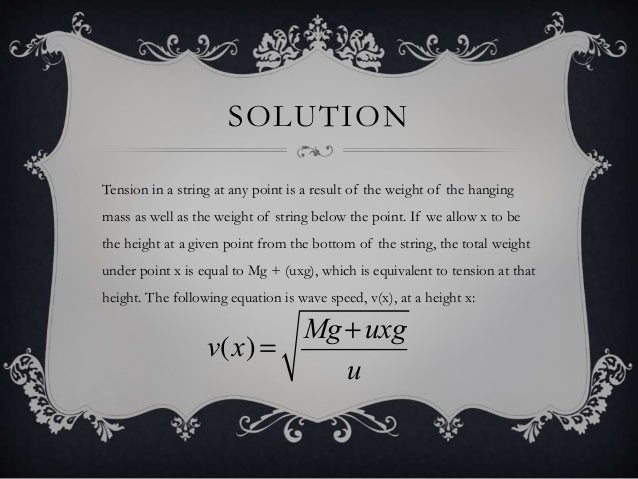
This is compared with the magnitude of p, which is about 90.1 newton seconds. Thus, the component of the momentum in the direction of 4 x + 3 y is 85 newton seconds (the corresponding vector would be 85 b newton seconds). Now calculate the scalar product of p and b: To find the component of the momentum in the direction of the vector 4 x + 3 y, we need to calculate the scalar product of p and the unit vector corresponding to 4 x + 3 y (we'll call this vector B). Solution: First, let's calculate the momentum p of the projectile. What is the component of the projectile's momentum in the direction of 4 x + 3 y? Practice Problem: A projectile of mass 5 kilograms has a velocity 10 x + 15 y meters per second. Let's use the properties of trigonometric functions (specifically, addition formulas) to simplify the result. We'll calculate the scalar product of these two vectors as follows. Let's write both a and b in terms of their component parts in the x and y directions (corresponding to the x and y unit vectors, respectively). Notice that we have defined two angles: the angle ? between a and b, and ? between a and the x-axis.

We'll draw two arbitrary unit vectors as shown below. We need to now prove that this result is the same as the scalar product of a and b. Using right triangle trigonometry, we see that the component of a in the direction of b is cos ? (the magnitude, or "length," of a is unity). Note that the unit vector a is composed of a component vector in the direction of b and a component vector perpendicular to the direction of b. Note that we have defined the angle between the vectors as ?. Now, let's consider these two unit vectors by way of the diagram below. We can factor out the magnitudes of A and B ( A and B, respectively) and write the scalar product in terms of these magnitudes and the scalar product of two corresponding unit vectors, a and b, which are in the directions of A and B, respectively. (We call this the scalar product because the product is a scalar rather than a vector.) Given two vectors A = a 1 x + a 2 y and B = b 1 x + b 2 y, the scalar product A ? B is the following: But what if we want to calculate the component of some vector in the direction of another arbitrary vector? To this end, we define the scalar product (also called the dot product) of two vectors.

We saw some of this in our earlier study of vectors in relation to unit vectors: we are able to break down a vector such as 3 x + 2 y into its component parts: 3 x (a vector of magnitude 3 in the x direction) and 2 y (a vector of magnitude 2 in the y direction). In some physics problems or situations, the ability to calculate the component of one vector in the direction of another is helpful. O Calculate the work involved in moving objects from one location to another O Understand the concept of work in the context of physics

O Recognize and use the scalar product of two vectors We start by defining the scalar product of two vectors, which is an integral part of the definition of work, and then turn to defining and using the concept of work to solve problems.

In physics, work is the amount of energy required to perform a given task (such as moving an object from one point to another).


 0 kommentar(er)
0 kommentar(er)
